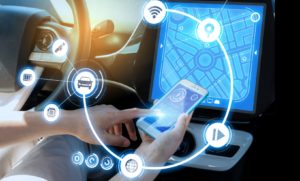Global Navigation Satellite Systems (GNSS), including Galileo, play a key role in the Internet of Things (IoT), and positioning, velocity and timing information supports a wide range of context-aware applications, from drones and driverless cars to asset tracking.
In recent years, access to GNSS technology has developed exponentially, quickly progressing from the appearance of the first GPS navigation equipment to the current situation, with more than 6 billion GNSS devices available globally. What’s more, the arrival of the IoT has considerably increased the number of services and applications that require positioning information.
GNSS Key development areas
GNSS supports real-time, accurate tracking, timing, and other machine-to-machine communication. The current location performance is sufficient to support many applications, but as the IoT market expands, so will the demands placed on GNSS systems. The IoT and the self-driving cars and drones of tomorrow will all require more accuracy, ubiquity of location both indoors and outdoors, and security of location data, all with the lowest possible power consumption.
With such a wide range of applications, innovation around positioning is evolving along three main paths. First of all, there is ubiquitous location, where the aim is to be able to locate people and objects at anytime, anywhere. The second area of development is the automation of positioning systems, enabling systems to sense their environment and react to it in real time. Finally, there is security of positioning. This is particularly important in liability-critical applications such as autonomous driving, where hacking threats can put people’s lives in danger.
Galileo’s features for IoT
Galileo’s unique features for IoT comprise signal authentication to prevent spoofing, additional frequencies for better accuracy in urban environments, and high accuracy service for more demanding applications.

